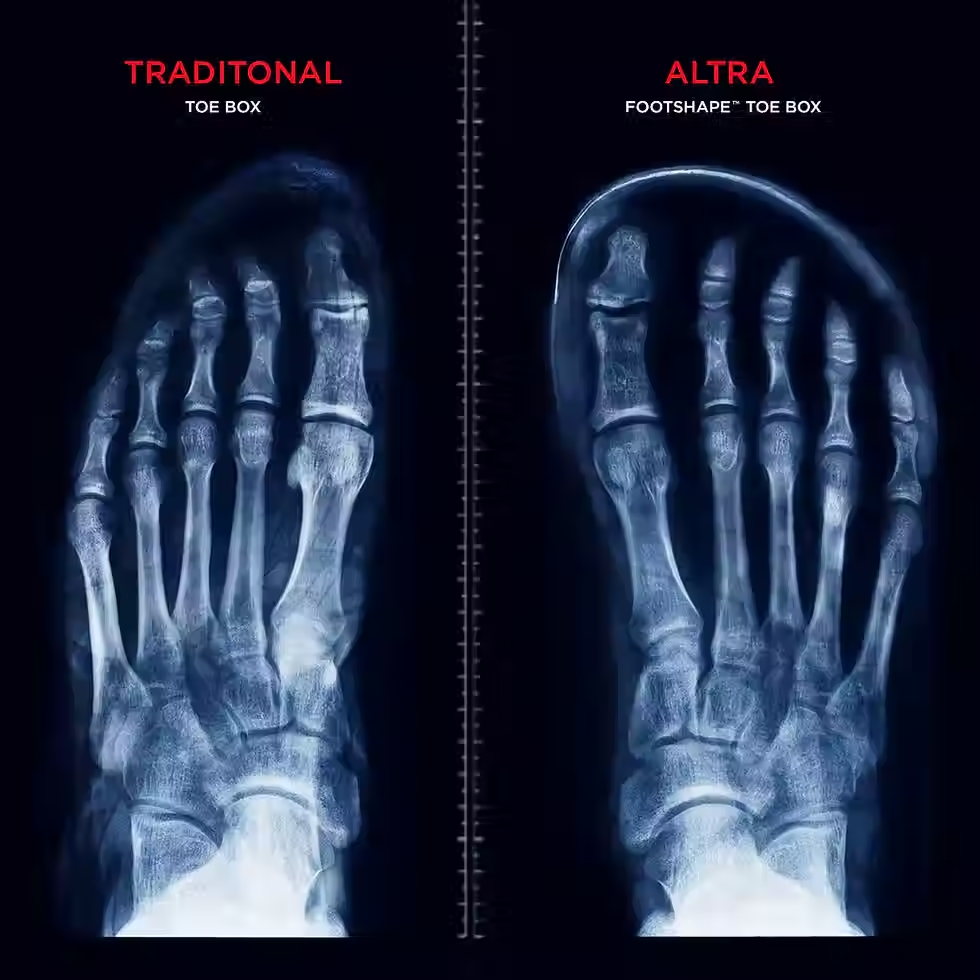Manual, Mobility, Strength
- Kelsi Hughes
- Dec 6, 2022
- 3 min read
This is a phrase I say to 99% of my patients. So when you see me, I guarantee you'll hear it too. This is the way I like to structure my sessions (and one of the reasons I did not work well in a clinic with a more than one patient an hour structure.)
MANUAL: If it is necessary, this is where I will start actual treatment (after movement analysis of course.) I will use a hands on approach to reach a desired outcome. Some examples are to help decrease swelling, increase blood flow to muscles, perform passive movements and joint mobilizations to create joint lubrication and improve muscle length without you as the patient using your muscles. Without me around, it is a little more challenging but I will show you ways to get similar results with exercises/activities at home, but they're not quite as passive. There is also everyone's favorites of foam rolling, using a tennis ball, and a massage gun to help provide some stimulation to the tissues in the area. There is a lot of research out there for these different self treatments, and many conflicting (e.g. foam rolling before helps sprint performance, foam rolling after activity helps with muscle soreness, foam rolling has no true effect on performance, and no one knows the physiological reason for some of the positive effects). I personally try to follow research, and with such small improvements for an activity, I won't spend a ton of time foam rolling in a session. But will I use it in some instances, sure. If you tell me you feel 1000xs better after you foam roll, then by all means, use that foam roll! .
MOBILITY: This is where the fun comes in. I like to teach active mobility work to address any limitations in movement that is preventing you from performing a deep squat, from running with a proper stride, or from reaching the next boulder. We figure out what is limiting you from both our discussion and our assessment on the first visit that we continue to assess throughout your round of physical therapy. I tend to like mobility that incorporates movement so you are learning control through the range of motion that you have, have gained from manual, and are gaining during the exercise.
STRENGTH: So now, you've gotten some more joint movement with manual, even more joint movement, blood flow, and muscle lengthening and muscle activation and control with mobility, then comes strength. Muscles function at various ranges of motion. Most of the time, we only work a portion of this range of motion. Even the simple act of sitting. Because we don't sit with intention when we end our day, many people don't have the strength in their legs to sit slowly and controlled to a low chair or couch. People may be strong in upper range of motion but the lower you get, muscles aren't strong and can't control the weight of your body. This is just a very simple example but you can pick any activity. So as you gain more motion (through the above means), you need to strengthen in the new range. You also need to teach muscles how to support you when they are not supporting you for whatever reason. When something feels tight, it might be just weak. It's those times that you stretch and stretch and stretch and just constantly feel tight. You likely have weakness instead of tightness. It feels tight because your muscles are "hanging by a thread" (not literally but hopefully you get the visual) because they are not strong enough to hold your thigh or lumbar spine in a good position compared to your pelvic position, for example.
So, to sum up. We move passively (if needed), we move actively, we add weight. If you need some ideas of mobility exercises and follow up strengthening or if you have that constantly tight front of your hip or calf that you realize may have other problems, please reach out! I will help guide you so you can function in your daily life or perform in your sport or recreational activity without fear or risk of injury.




Comments